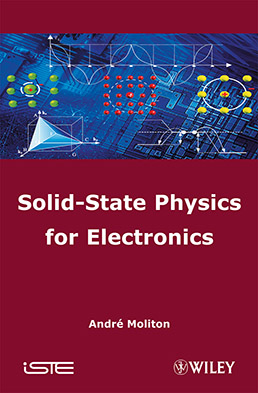
This title is the result of many years’ experience in teaching at MSc level in applied, materials and electronic physics. It is written with device physics and electronics students in mind, and describes the fundamental physics of materials used in electronics. This thorough coverage of the physical properties of materials will facilitate an understanding of the technological processes used in the fabrication of electronic and photonic devices.
The book opens with an introduction to the basic applied physics of simple electronic states and energy levels. Silicon and copper, the building blocks for many electronic devices, are used as examples. Next, more advanced theories are developed to better account for the electronic and optical behavior of ordered materials, such as diamond, and disordered materials, such as amorphous silicon. Finally, the principal quasi-particles (phonons, polarons, excitons, plasmons and polaritons) that are fundamental to explaining phenomena such as component aging (phonons) and optical performance in terms of yield (excitons) or communication speed (polarons) are discussed.
1. Representation of Electron-lattice Bonds.
2. The Free Electron and State Density Functions.
3. The Origin of Band Structure within a Weak Bond Approximation.
4. Properties of Semi-free Electrons: Insulators, Semi-conductors, Metals and Superlattices.
5. Crystalline Structures, Reciprocal Lattices and Brillouin Zones.
6. Electronic Properties of Copper and Silicon.
7. Strong Bonds in 1-Dimension.
8. Strong Bonds in 3-Dimensions: Band Structures
of Diamond and Silicon.
9. Limits to Classical Band Theory: Amorphous Media.
10. The Main Quasi-particles in Materials Physics.
André Moliton is Director of the Electronic and Opto-Electronic Plastics group at the Institut Carnot XLim, which is part of the University of Limoges, France.